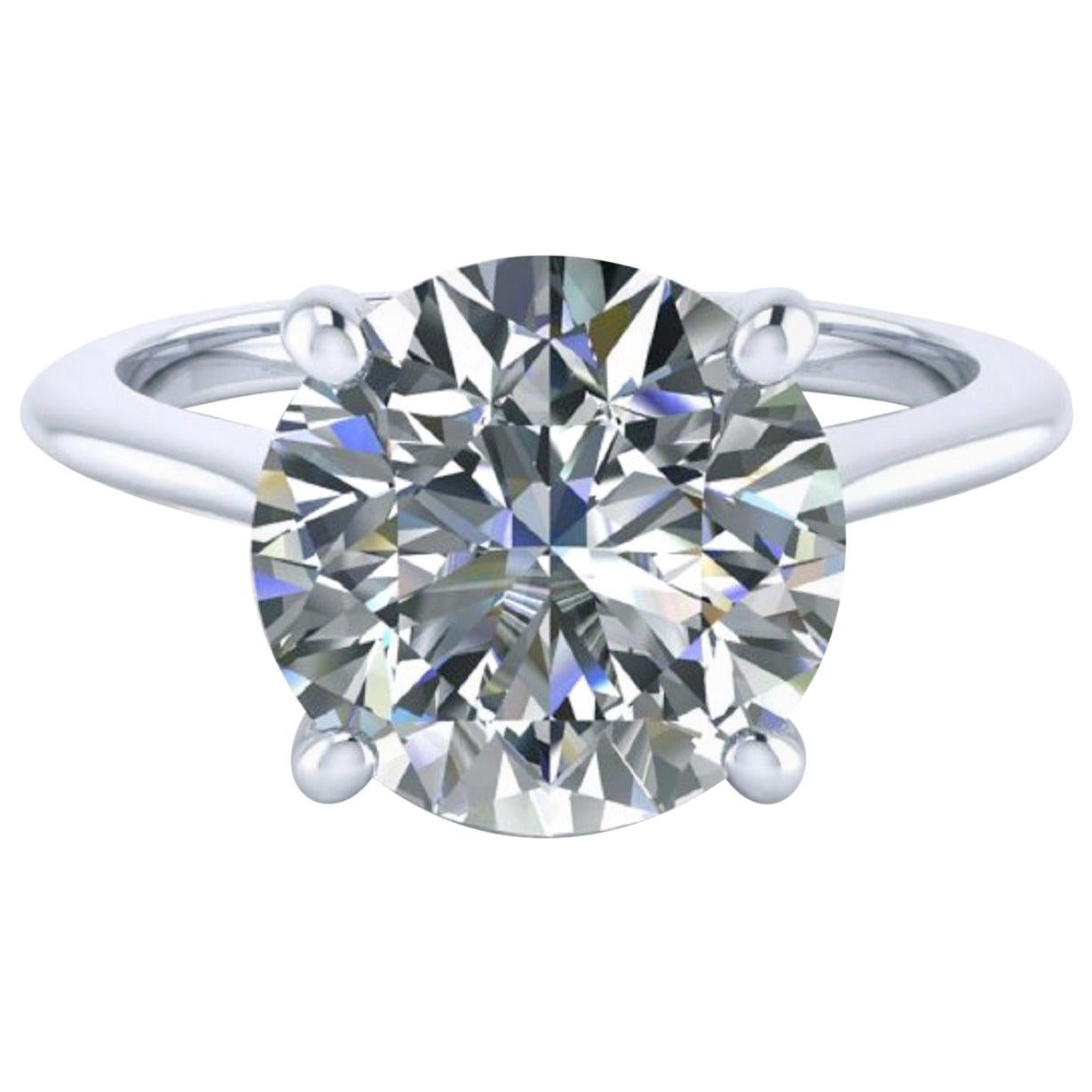

The Centenary was then cut down into a heart-shaped gem of 273.85 carats with 247 perfectly aligned facets. Weighing 599 carats, it was one of the world’s largest top-colour diamonds. De Beers Centenary Image: Courtesy of De BeersĮven though the De Beers Centenary Diamond was discovered in the Premier Mine in South Africa in 1986, its existence was announced two years later at the 100th anniversary of De Beers in Kimberley. While the weight of the diamond is 45 carats, its estimated worth is USD 200-350 million. The Hope diamond has remained in the Institution’s collection ever since and has been publicly displayed outside of Smithsonian only four times. After changing several hands, including King George IV, and crossing the Atlantic Ocean, the diamond ended up in the Smithsonian Institution in 1958. However, the diamond was stolen in 1792 and emerged in London in 1812. Over the years, it came to be recognised as the “Blue Diamond of the Crown”. In his records, Tavernier described that the diamond had a “beautiful violet” colour. It is believed that it was found in the same Golconda mine from where the Koh-i-Noor came. Jean Baptiste Tavernier, a French traveller, purchased a 112-carat diamond, which eventually came to be known as the Hope. The Hope Image: Courtesy of 350z33 – Transferred from en.wikipedia to Commons./CC BY-SA 3.0/Wikimedia Commons The remaining four are also part of The Queen’s personal jewellery. These are also referred to as the ‘Star of Africa’ and ‘Lesser Star of Africa’, respectively.Ĭullinans III, IV and V are part of Queen Elizabeth II’s pendant brooch. The Cullinan II, weighing 317.40 carats, is part of the Imperial State Crown. The Cullinan I is mounted on the spectre of Queen Elizabeth II.

The biggest piece is known as Cullinan I and weighs 530.20 carats, making it the largest clear cut diamond in the world. There are nine large pieces of the diamond, totalling approximately 1,055 carats, besides other smaller cuts. The worth of the stone would be an estimated USD 400 million in the current market. The Cullinan, one of the most magnificent and expensive diamonds in the world, was named after Thomas Cullinan, the chairman of the mine. However, it is now a collection of 105 gems of different cuts and weights. Mined in South Africa in 1905, the Cullinan diamond originally weighed 3,106 carats - the largest rough diamond in history. (Image: Courtesy of Unknown author – Plate X, The Cullinan (1908)./ Public Domain/Wikimedia Commons) The Cullinan The nine large Cullinan stones. The Koh-i-Noor was last seen in public in 2002 when the crown was placed atop the coffin of the Queen Mother. It is placed at the front of the crown worn by Queen Elizabeth, the Queen Mother - Queen Elizabeth II’s mother. Since the 19th century, the diamond has remained in the possession of the British royal family. In 1813, the diamond came into the possession of Sikh ruler Maharaja Ranjit Singh before eventually falling into the hands of the British. When Nader Shah of Persia sacked Delhi after defeating Mughal emperor Muhammad Shah, he took the diamond along with the Peacock Throne, in which it was encrusted. Later, it came into the possession of the Mughals. It is widely believed that the diamond was mined during the reign of the Kakatiya dynasty (11th to 12th century) in India’s Golconda region. Originally weighing 793 carats, it has been cut and polished over centuries into the present form of a 105.6-carat gem. Koh-I-Noor means ‘Mountain of Light’, and the gem is considered the world’s most famous priceless diamond.

(Image: Courtesy of aiva./ CC BY 2.0/Wikimedia Commons) Koh-i-Noor A replica of Koh-i-Noor diamond.


 0 kommentar(er)
0 kommentar(er)
